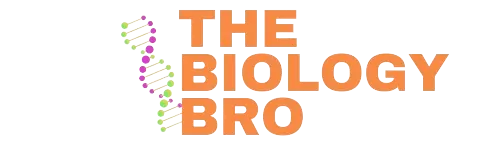1.
Chloramphenicol and tetracycline are broad spectrum antibiotics which inhibit bacterial growth by targeting _________.
2.
Which of the following radiation methods is used in preserving food from spoilage by microorganisms?
3.
Which part of the lipopolysaccharides has toxic properties that make some bacterial infections a potentially serious medical problem?
4.
Microbes make up about ___________ of earth’s living material by weight.
5.
The highly contagious viral disease measles is caused by a
6.
Secondary metabolites such as penicillin from mold are produced during the _______ .
7.
Dick test is used to assess the susceptibility to______________ .
8.
Which of the following is a symbiotic bacterial genus that converts nitrogen into nitrogen containing compounds that are utilized by legume plants to synthesize amino acids?
9.
What is the enzyme involved in the following reaction?
Triglyceride + 3H2 O ----->Glycerol + fatty acids
1 out of 2
11.
Folic acid synthesis in bacteria is competitively inhibited by sulfonamides. Which of the following essential components is replaced by sulfonamides during the process of folic acid synthesis?
12.
Which of the following cellular structures are absent in eukaryotes and are present at least in some prokaryotic organisms?
(i) Respiratory enzymes
13.
Granules are inclusion bodies found in bacteria. Which of the following statements are true about granules?
(i) Granules can be storage vessels for carbohydrates/lipids
14.
Match the culture media to their uses
Culture Media ...................................Uses
(i)-(q), (ii)-(p), (iii)-(s), (iv)-(r)
(i)-(s), (ii)-(r), (iii)-(q), (iv)-(p)
(i)-(q), (ii)-(r), (iii)-(p), (iv)-(s)
(i)-(p), (ii)-(s), (iii)-(q), (iv)-(r)
None
15.
Among the following characteristics listed below, select those that are the most appropriate for archaebacteria.
(i) Peptidoglycan containing muramic acid and D-amino acids are present in cell
16.
Which of the following processes are involved in horizontal gene transfer (HGT)?
(i) Conjugation
17.
Match the class of antibodies to appropriate description or function
Antibodies ..........Description/function
(i)-(p), (ii)-(q), (iii)-(s), (iv)-(r)
(i)-(p), (ii)-(s), (iii)-(q), (iv)-(r)
(i)-(p), (ii)-(r), (iii)-(s), (iv)-(q)
(i)-(s), (ii)-(r), (iii)-(q), (iv)-(p)
None
18.
Match the diseases with the appropriate causative agents
Disease Causative agent
(i)-(r), (ii)-(s), (iii)-(p), (iv)-(q)
(i)-(s), (ii)-(q), (iii)- (p), (iv) –(r)
(i)- (q), (ii)- (s), (iii)-(r), (iv)-(p)
(i)-(p), (ii)-(q), (iii) –(s), (iv)-(r)
None
2 out of 2



